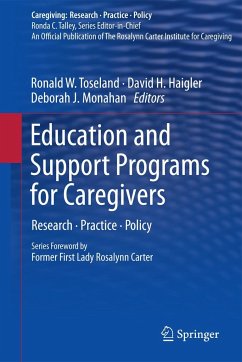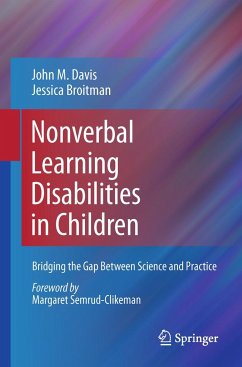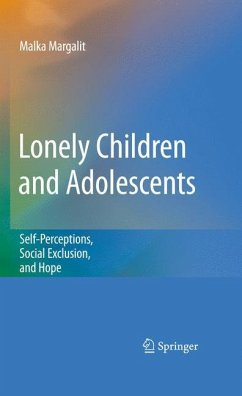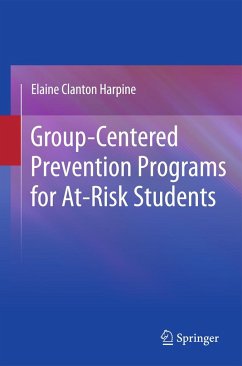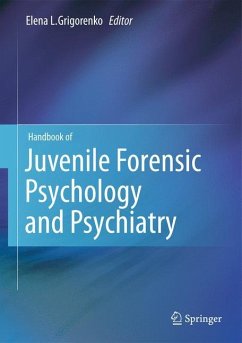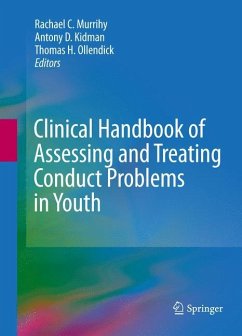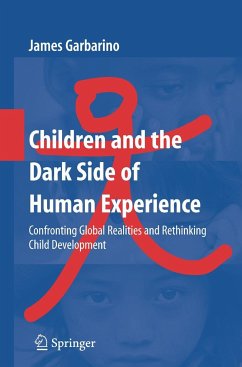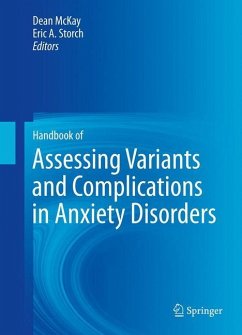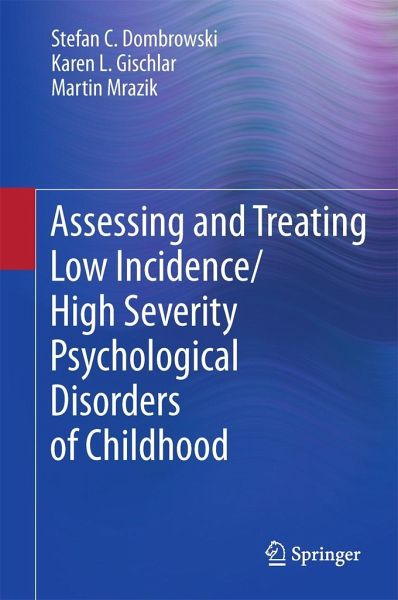
Assessing and Treating Low Incidence/High Severity Psychological Disorders of Childhood

PAYBACK Punkte
42 °P sammeln!
During the past several decades, interest in children's psychological disorders has grown steadily within the research community, resulting in a burgeoning knowledge base. The majority of the attention and funding, not surprisingly, has focused on the more prevalent and well-known conditions. Although this raises the odds that young people with more well-known disorders such as ADHD, autism, and learning disorders will receive much-needed professional assessment and intervention, children with less frequently encountered disorders may experience a higher risk of misdiagnosis and inappropriate ...
During the past several decades, interest in children's psychological disorders has grown steadily within the research community, resulting in a burgeoning knowledge base. The majority of the attention and funding, not surprisingly, has focused on the more prevalent and well-known conditions. Although this raises the odds that young people with more well-known disorders such as ADHD, autism, and learning disorders will receive much-needed professional assessment and intervention, children with less frequently encountered disorders may experience a higher risk of misdiagnosis and inappropriate treatment.
Useful data has been scattered throughout the literature for severe-but-less-frequent childhood psychological disorders, including: fire setting; gender identity disorder; impulse control disorders (i.e., kleptomania, trichotillomania, intermittent explosive disorder); selective mutism; Munchausen by proxy; childhood schizophrenia; gang involvement; sexual offending; self-injurious behavior; and feral children. This concise volume offers up-to-date information on these conditions, which, though relatively rare, may have profound effect not only on the children themselves but also their families, friends, and the community at large. Coverag
e of each disorder is presented in an accessible format covering:
Overview and history.Description and diagnostic classification, with proposed changes to the DSM-V.Etiology and theory.Assessment tools and interview protocols.Commonly used psychological and pharmacological treatment options.Current research issues and directions for future investigation.
Assessing and Treating Low Incidence/High Severity Psychological Disorders of Childhood is a must-have reference for researchers, clinicians, practitioners, and graduate students in clinical child and school psychology, pediatrics, psychiatry, social work, schoolcounseling, education, and public policy.
Useful data has been scattered throughout the literature for severe-but-less-frequent childhood psychological disorders, including: fire setting; gender identity disorder; impulse control disorders (i.e., kleptomania, trichotillomania, intermittent explosive disorder); selective mutism; Munchausen by proxy; childhood schizophrenia; gang involvement; sexual offending; self-injurious behavior; and feral children. This concise volume offers up-to-date information on these conditions, which, though relatively rare, may have profound effect not only on the children themselves but also their families, friends, and the community at large. Coverag
e of each disorder is presented in an accessible format covering:
Overview and history.Description and diagnostic classification, with proposed changes to the DSM-V.Etiology and theory.Assessment tools and interview protocols.Commonly used psychological and pharmacological treatment options.Current research issues and directions for future investigation.
Assessing and Treating Low Incidence/High Severity Psychological Disorders of Childhood is a must-have reference for researchers, clinicians, practitioners, and graduate students in clinical child and school psychology, pediatrics, psychiatry, social work, schoolcounseling, education, and public policy.






